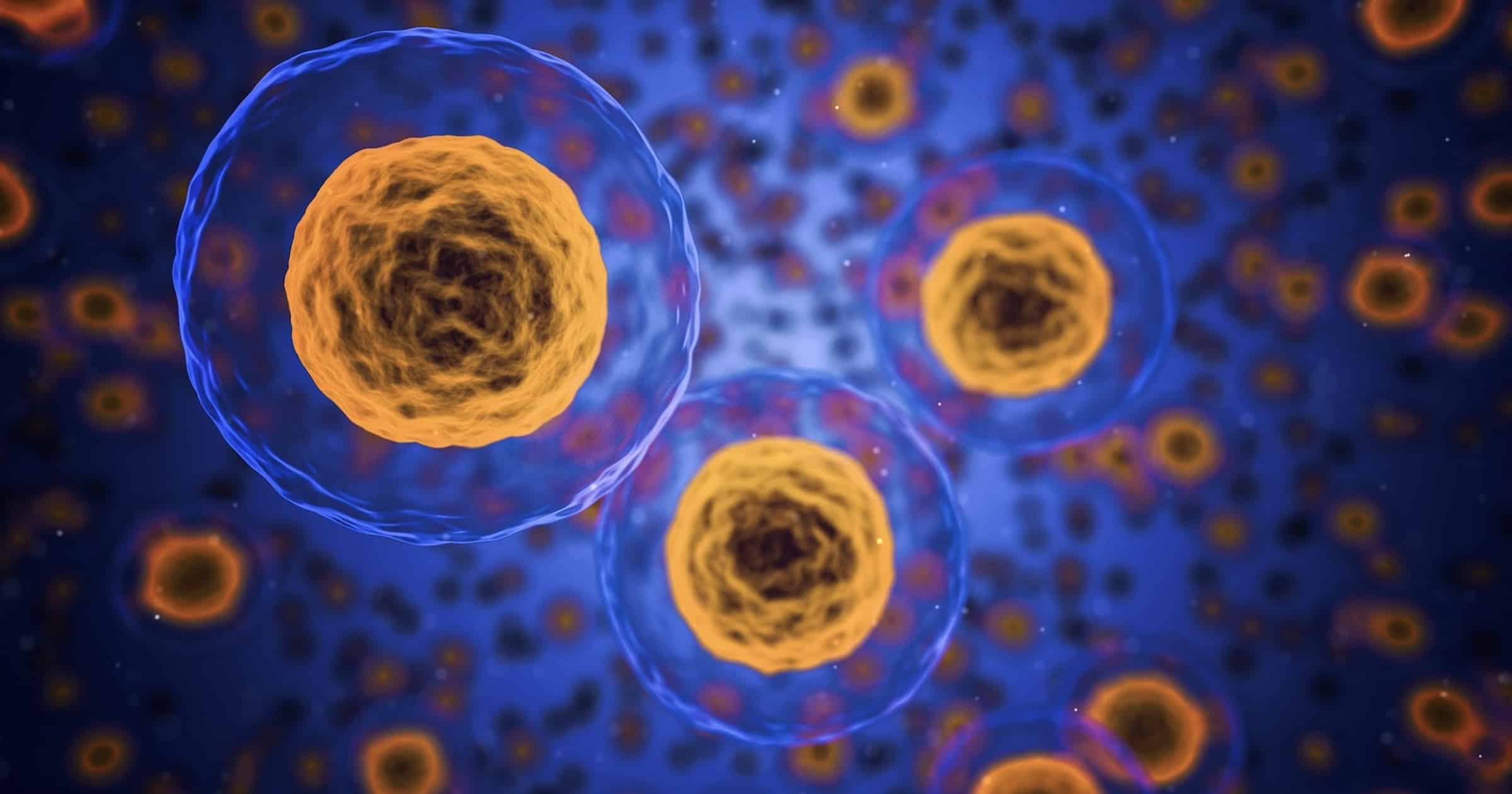 Evolution
Evolution
 Intelligent Design
Intelligent Design
Paper Digest: The Cell as an Embedded Computing System

If life bears the imprint of a designer’s intention and foresight, it makes sense that engineering principles would be detectably at work in that design. Gregory T. Reeves (no relation) and Curtis E. Hriskchuk are a biologist-engineer duo who understand the importance of the place where biology and engineering intersect. In a 2016 paper for the Computational Biology Journal, “Survey of Engineering Models for Systems Biology,” they explain how engineering concepts can be used to advance systems biology, which is arguably the most design-based field in biology. From the Abstract:
In this paper, we identify the cell as an embedded computing system and, as such, demonstrate that systems biology shares many aspects in common with computer systems engineering, electrical engineering, and chemical engineering.
Most Like Systems Biology
Before bringing design-based approaches from engineering to biology, the authors acknowledge the importance of identifying the engineering (sub)discipline that is most like systems biology. They ask:
What contemporary computing system architecture bears the closest resemblance to the cell’s computing system?
General computing, scientific or high-performance computing, distributed applications, DNA computing, or embedded systems are the options in contemporary computing system architectures. Out of these options, they identify embedded systems as the most similar to what is happening in a cell. For example, they note that cells, like embedded computing systems, include environmental interactions, concurrence, reactiveness, liveness, resilience, and heterogeneity. They suggest that the modeling approaches used for embedded systems should be very helpful in developing systems biology, which they define as “a systems engineering approach to characterize biological processes.”
We show that the cellular embedded system paradigm can be used to construct predictive models capable of comparing dynamical (i.e., time-based) experimental results with model predictions and then refining hypotheses/predictions in further research.
Three Modeling Formalisms
To advance our understanding of biological systems, they discuss three modeling formalisms: control system modeling, cell process modeling, and cell actor modeling. These are modeling techniques used in engineering to design and build complex systems. If organisms are also designed, as suggested by ID theory, some of these toolsets may work well for an improved understanding of living systems. Let’s look at these modeling formalisms in a bit more detail.
Control system modeling is used to describe control systems that employ feedback from monitoring sensors to keep output within a specific range. Control theory is used in this sort of modeling, which studies and predicts transient and steady-state behavior in physical systems using ordinary and differential equations. The process modeling that they emphasize here is concerned with what must be done rather than how something is done. Instead of focusing solely on an enzymatic process, for example, it is end-to-end or a sequential algorithm of numerous phases. According to the authors, one of the benefits of process modeling is that it allows basic models to be integrated into larger models, or that high-level models can have progressively more features added as needed. This modeling technique is ideal for biological pathways and networks.
As already seen, this formalism fits nicely into the modeling of computer procedures and programs, yet it also can be directly applied to biochemical pathways and networks. For example, in signal transduction, enzyme/substrate interactions are strung together to form pathways, which are then joined together to form networks. Indeed, recent work has applied [systems planning and analysis] SPAs to model and analyze biochemical signaling pathways, such as the ERK pathway, which conveys mitogenic and differentiation signals from the cell membrane to the nucleus.
The third type of model is actor modeling. The authors recognize this type of modeling as ideally suited for describing actor robots in the cell, such as the ribosome, lysosome, etc. In these cases, there is no centralized control, but the global behavior emerges from the individual actor’s behavior. They give as an example a protein gradient that is itself controlled by the rate of protein synthesis and protein lifetimes.
In Summary
This paper is an important illustration of how intelligent design theory can be applied at a high level in the academic setting. The authors argue for the importance of engineering disciplines (especially embedded computing systems) to biology. They provide many examples of similar properties between an embedded computer system and the cell. They remind readers to choose a model type that is appropriate to the objective of the inquiry, and they hope that their review will serve as a starting point.
